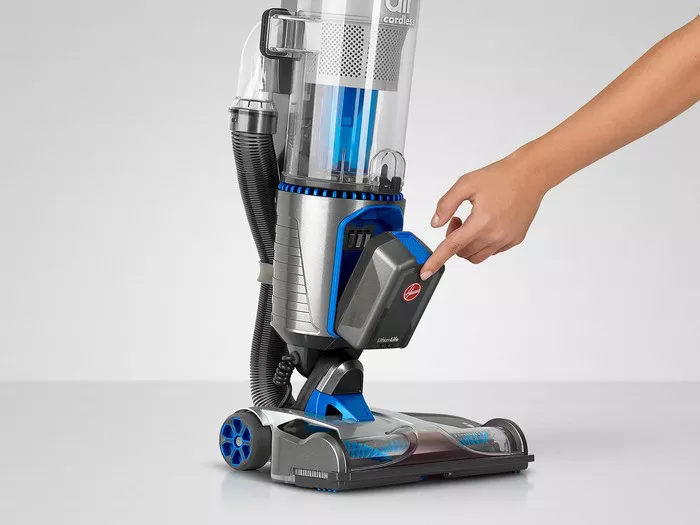In the quest for cleanliness and hygiene in homes and commercial spaces, the power of a vacuum cleaner plays a pivotal role. However, determining the optimal power level requires a nuanced understanding of various factors, ranging from the type of surfaces to be cleaned to energy efficiency concerns. In this article, we delve into the intricacies of vacuum cleaner power, addressing user needs and providing comprehensive guidelines for choosing the right device.
Explanation of Suction Power
Defining Suction Power: Suction power, often referred to as airflow or suction strength, denotes the vacuum cleaner’s ability to draw in dirt and debris from surfaces. It is essentially the force with which the vacuum cleaner pulls air and particles into its cleaning mechanism.
Measuring Suction Power: Suction power is quantified using different metrics, such as Air Watts (AW) and Pascals (Pa). Air Watts measure the vacuum’s overall cleaning performance by considering both airflow and the resistance of the cleaning head, while Pascals measure the vacuum’s suction strength directly.
Factors Influencing Vacuum Cleaner Power
1. Size of the Area to be Cleaned: Larger areas generally require more powerful vacuum cleaners to ensure efficient cleaning within a reasonable time frame. Conversely, smaller spaces may suffice with lower-powered models.
2. Types of Floors: Different floor types demand varying suction power levels. For instance, carpets with deep pile fibers necessitate stronger suction to dislodge embedded dirt, whereas hardwood or tiled floors may require less power to maintain cleanliness.
3. Presence of Pets: Pet owners often contend with pet hair and dander, which can be challenging to remove. Vacuum cleaners with higher suction power and specialized pet hair attachments are indispensable for effectively tackling this issue.
Power Requirements for Different Surfaces
1. Hardwood Floors: For hardwood floors, moderate suction power (around 200-300 Air Watts) is usually sufficient to remove surface debris without causing damage.
2. Carpets: Deeper pile carpets demand greater suction power, ideally ranging from 300 to 500 Air Watts, to extract embedded dirt and allergens effectively.
3. Upholstery: Upholstered furniture benefits from gentle yet effective suction, typically provided by vacuum cleaners with adjustable power settings or specialized upholstery attachments.
Energy Efficiency
While power is essential for effective cleaning, energy efficiency is equally crucial in today’s environmentally conscious landscape. Opting for energy-efficient vacuum cleaners not only reduces electricity bills but also minimizes carbon footprint.
Product Recommendations
1. High-End Models: Brands like Dyson and Miele offer premium vacuum cleaners with powerful motors and advanced filtration systems, catering to users with demanding cleaning requirements.
2. Mid-Range Options: Companies like Shark and Bissell provide reliable mid-range vacuum cleaners that strike a balance between performance and affordability, making them ideal for average households.
3. Budget-Friendly Choices: Entry-level vacuum cleaners from brands like Eureka and Hoover offer decent suction power at budget-friendly prices, suitable for those seeking cost-effective cleaning solutions.
User Reviews and Testimonials
Real-world experiences offer valuable insights into the performance of vacuum cleaners across different power levels. Users often praise high-powered models for their thorough cleaning capabilities, while also appreciating energy-efficient options for their eco-friendliness and cost savings.
Maintenance Tips
1. Regular Filter Cleaning: Clogged filters impede airflow and diminish suction power. Clean or replace filters as recommended by the manufacturer to maintain optimal performance.
2. Clearing Blockages: Periodically check hoses and cleaning heads for obstructions, as blockages can hinder suction and reduce efficiency.
3. Belt and Brush Maintenance: Inspect and replace worn-out belts and brushes to ensure smooth operation and effective dirt removal.
Conclusion
In conclusion, selecting the right vacuum cleaner power entails a careful consideration of various factors, including surface types, area size, and user preferences. By understanding these dynamics and adhering to maintenance best practices, users can enjoy clean, healthy living spaces while maximizing the longevity of their vacuum cleaners.

